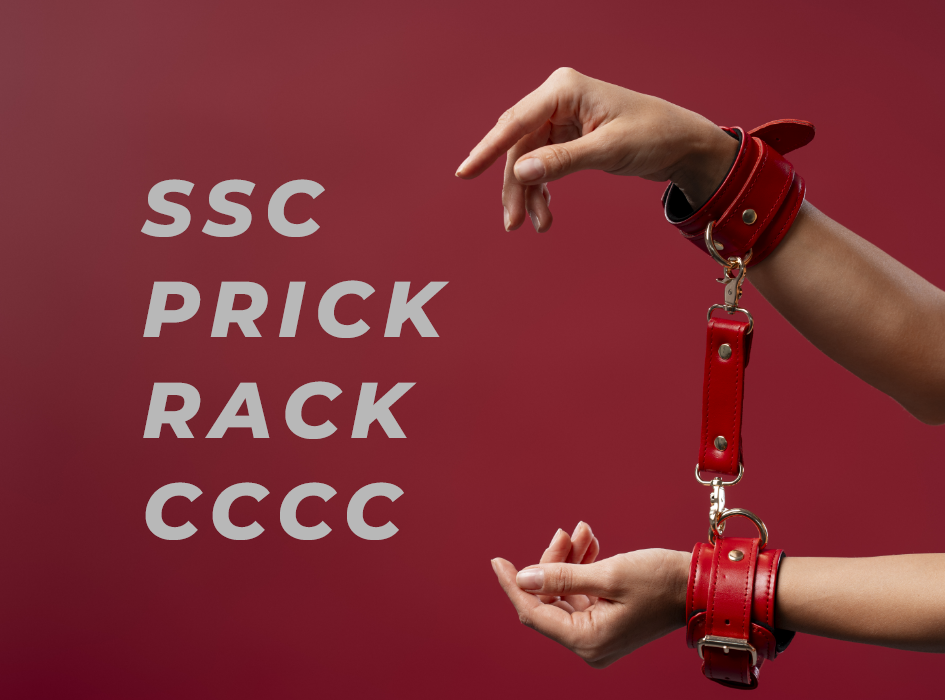In recent years, open relationships have become more common, and people are talking more openly about them. An open relationship allows partners to explore connections outside their primary relationship, with full honesty and consent. This doesn’t mean everyone should try it, but for those who are curious, it’s important to understand what it involves.
In this guide, we’ll break down what an open relationship is, how it works, and the key points you need to consider if you and your partner are thinking about giving it a try. As always, communication and trust are the foundation, and every relationship is unique.
What is an Open Relationship?
An open relationship is a type of romantic partnership where both people agree that it’s okay to have romantic or sexual relationships with others outside the relationship. It’s different from traditional monogamy, where couples are exclusive and don't seek intimacy elsewhere.
The key difference is that both partners are aware, honest, and consenting to this arrangement. It’s not about cheating but about creating a relationship model that works for both people involved.
Why Do People Choose Open Relationships?
There can be many reasons why a couple might decide to open up their relationship. Some people feel that one person can’t always meet all their emotional and physical needs. Others are naturally attracted to more than one person at a time. It could also be about exploring personal freedom, curiosity, or wanting to experience new things without breaking the commitment to their partner.
Here are some common reasons why people opt for open relationships:
- Exploration: Wanting to explore new experiences with other people.
- Freedom: Feeling free to connect with others without guilt or sneaking around.
- Avoiding Monotony: Keeping things exciting and fresh in a long-term relationship.
- Building Trust: Establishing deep trust with a partner through open communication and honesty.
Key Things to Consider Before Trying an Open Relationship
Before diving into an open relationship, there are important things to think about. It’s not something to rush into because it requires a lot of communication, understanding, and emotional maturity. Here are a few key factors to consider:
1. Honesty and Communication
In an open relationship, honesty is everything. Both partners need to be clear about their desires, boundaries, and expectations from the beginning. If you don’t communicate openly, things can quickly become complicated. Make sure to check in with each other regularly and talk about how you’re feeling.
2. Set Clear Boundaries
It’s important to set clear boundaries before opening up your relationship. This might include rules about:
- Who you can date or be intimate with.
- How often you engage with other people.
- What information you share with each other (some people like to know everything, others prefer not to hear too many details).
Setting boundaries can help prevent misunderstandings and hurt feelings. These rules should be agreed upon by both partners.
3. Emotional Preparedness
Entering into an open relationship means you’ll need to prepare yourself emotionally. You might feel insecure, jealous, or anxious in the beginning, and that’s completely normal. However, learning to manage these feelings and understanding that your partner’s love for you isn’t threatened by someone else is essential.
How to Navigate an Open Relationship Successfully
Once you’ve decided to open your relationship, it’s important to manage it in a way that keeps your primary relationship healthy. Here’s how to ensure everything goes smoothly.
1. Start Slowly
If you and your partner are new to open relationships, don’t jump into things too quickly. Start with small steps, like going on a date or chatting with someone new, and see how both of you feel. This slow pace allows you to adjust to the new dynamic and work through any issues that may arise.
2. Prioritize Your Relationship
Even in an open relationship, your primary relationship should still be your priority. This means giving each other the time, attention, and care you both need. Just because you’re exploring other connections doesn’t mean your main relationship should take a backseat.
3. Handle Jealousy with Care
Jealousy is a natural feeling, especially in an open relationship. Instead of trying to avoid it, work through it. Talk openly with your partner about what triggers jealousy and how you can both address those feelings in a healthy way.
- Identify the cause: Are you feeling neglected or insecure? Talk about what’s causing your jealousy.
- Reassurance: Make sure both partners feel secure and valued in the relationship. Constant reassurance helps maintain trust.
4. Keep Checking In
An open relationship isn’t a “set it and forget it” arrangement. You need to check in with each other regularly. Make sure both of you are still happy with how things are going. If something isn’t working, it’s better to adjust the arrangement than to let issues build up.
5. Practice Safe Sex
Since you’ll be involved with multiple partners, practicing safe sex is crucial to protect yourself and your partners from sexually transmitted infections (STIs). Use condoms or other forms of protection and get tested regularly. This isn’t just about physical health but also shows respect for your partner’s well-being.
Challenges in Open Relationships
Open relationships aren’t without their challenges. They require effort, patience, and emotional growth. Here are some common challenges people face:
- Jealousy: Learning to manage jealousy and insecurity is one of the biggest challenges.
- Time Management: Balancing time between your primary partner and other relationships can be tricky.
- Miscommunication: Not being on the same page can lead to misunderstandings, hurt feelings, or confusion.
- Emotional Bonding: Sometimes, deeper emotional connections might form with someone else, which can be hard to navigate.
Being aware of these challenges and discussing them openly can help you avoid potential pitfalls.
Is an Open Relationship Right for You?
Open relationships aren’t for everyone. It’s important to have an honest conversation with yourself and your partner about whether this type of arrangement fits your values, desires, and relationship dynamics.
Ask yourself:
- Am I comfortable with the idea of my partner being intimate with someone else?
- Can I handle feelings of jealousy or insecurity?
- Do I trust my partner enough to try this?
- Is our relationship strong and stable enough to explore this together?
If you and your partner both feel confident about trying an open relationship, it can be a fulfilling way to grow together and explore new experiences.
The Bottom Line
An open relationship can be a beautiful way to explore love and intimacy with multiple people while maintaining a strong bond with your primary partner. However, it’s not something to take lightly. Open communication, mutual respect, and clear boundaries are essential for it to work.
If you’re considering an open relationship, make sure to take the time to understand your feelings and have honest discussions with your partner. And remember, it’s okay if it’s not for you — relationships come in all forms, and what matters most is what works best for you and your partner.


